Fionn Dunne, Nik Petrinic0198568266, 9781429459969, 9780198568261
Table of contents :
Contents……Page 10
Acknowledgements……Page 13
Notation……Page 14
Part I. Microplasticity and continuum plasticity……Page 16
1.1 Introduction……Page 18
1.2 Crystal slip……Page 20
1.3 Critical resolved shear stress……Page 22
1.4 Dislocations……Page 23
Further reading……Page 25
2.2 Some preliminaries……Page 26
2.3 Yield criterion……Page 32
2.4 Isotropic hardening……Page 38
2.5 Kinematic hardening……Page 42
2.6 Combined isotropic and kinematic hardening……Page 51
2.7 Viscoplasticity and creep……Page 53
Further reading……Page 60
3.1 Introduction……Page 62
3.2 The deformation gradient……Page 63
3.3 Measures of strain……Page 64
3.4 Interpretation of strain measures……Page 67
3.5 Polar decomposition……Page 72
3.6 Velocity gradient, rate of deformation, and continuum spin……Page 75
3.7 Elastic–plastic coupling……Page 81
3.8 Objective stress rates……Page 84
3.9 Summary……Page 96
Further reading……Page 97
4.1 Introduction……Page 98
4.2 Hamilton’s principle……Page 99
4.3 Introduction to the finite element method……Page 111
4.4 Finite element equilibrium equations……Page 115
4.5 Integration of momentum balance and equilibrium equations……Page 151
Further reading……Page 157
5.2 Implicit and explicit integration of constitutive equations……Page 158
5.3 Material Jacobian……Page 165
5.4 Kinematic hardening……Page 169
5.5 Implicit integration in viscoplasticity……Page 176
5.6 Incrementally objective integration for large deformations……Page 182
Further reading……Page 183
6.1 Introduction……Page 184
6.2 Elasticity implementation……Page 185
6.3 Verification of implementations……Page 186
6.4 Isotropic hardening plasticity implementation……Page 187
6.5 Large deformation implementations……Page 191
6.6 Elasto-viscoplasticity implementation……Page 195
Part II: Plasticity models……Page 198
7.2 Some properties of superplastic alloys……Page 200
7.3 Constitutive equations for superplasticity……Page 204
7.4 Multiaxial constitutive equations and applications……Page 207
References……Page 212
8.1 Introduction……Page 214
8.2 Finite element implementation of the porous material constitutive equations……Page 216
8.3 Application to consolidation of Ti–MMCs……Page 220
References……Page 222
9.2 Physically based constitutive equations……Page 224
9.3 Multiaxial implementation into ABAQUS……Page 227
References……Page 232
Appendix 9.1……Page 233
10.2 Constitutive equations for cyclic plasticity……Page 234
10.3 Constitutive equations for C263 undergoing TMF……Page 237
References……Page 242
Appendix A: Elements of tensor algebra……Page 244
Differentiation……Page 246
The chain rule……Page 247
Rotation……Page 248
Appendix B: Fortran coding available via the OUP website……Page 250
E……Page 254
P……Page 255
Y……Page 256
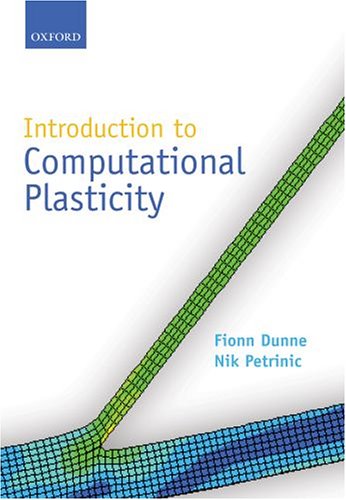
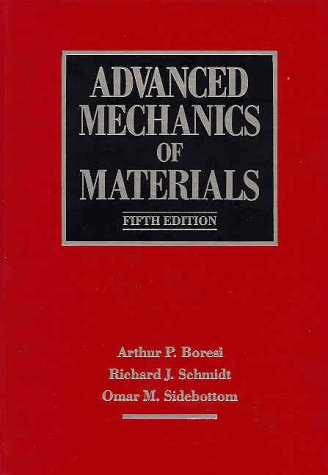
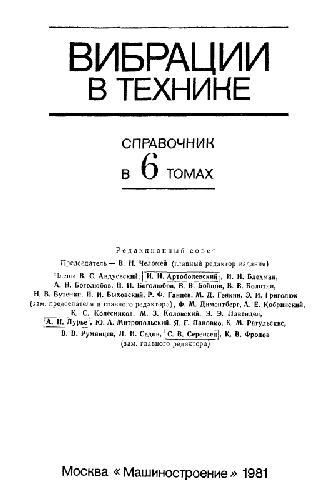
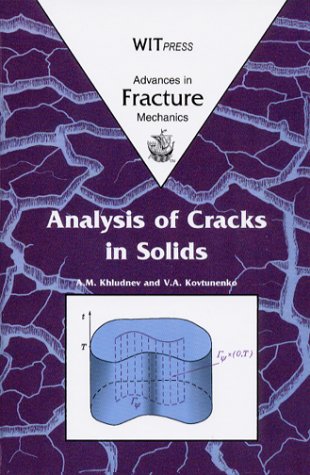


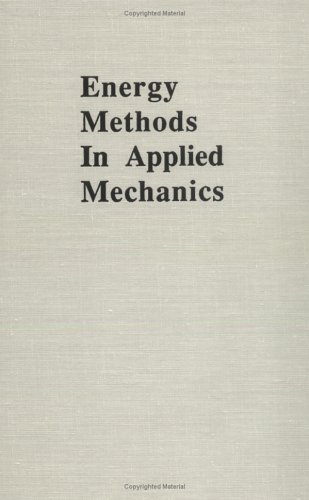
Reviews
There are no reviews yet.